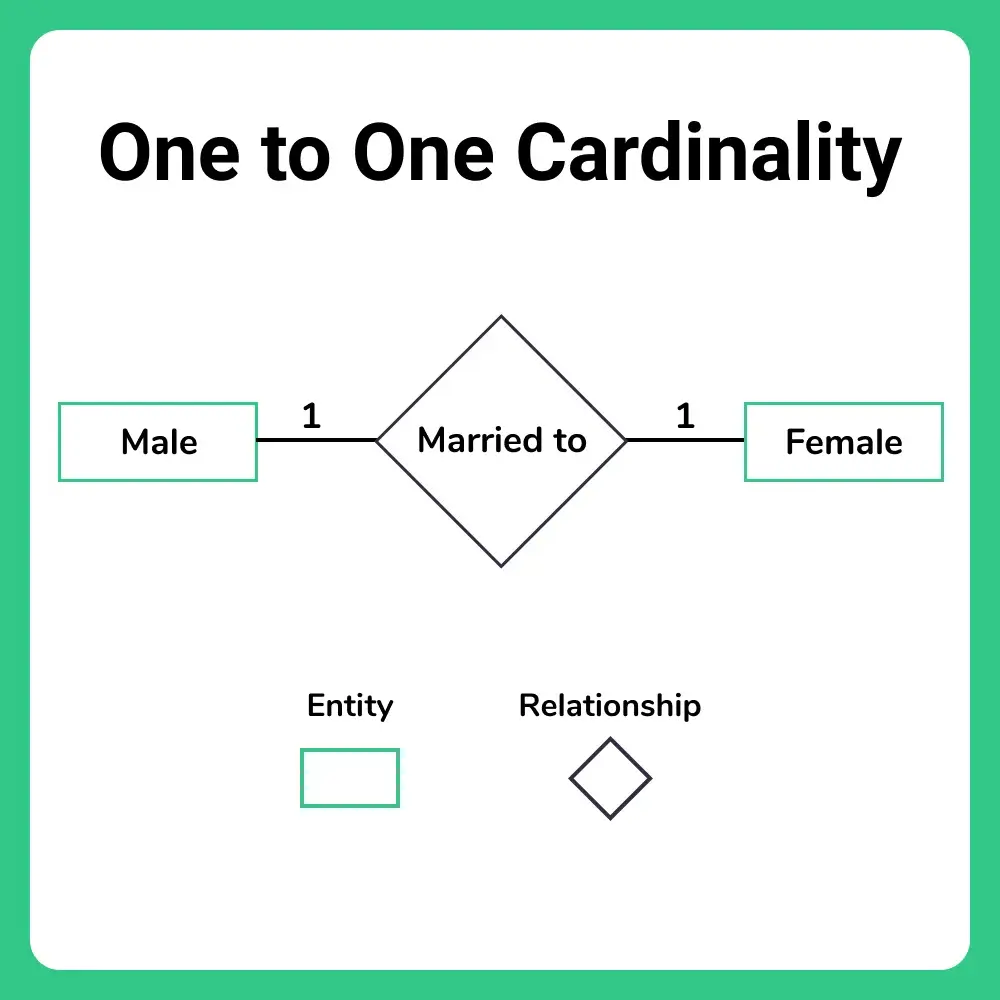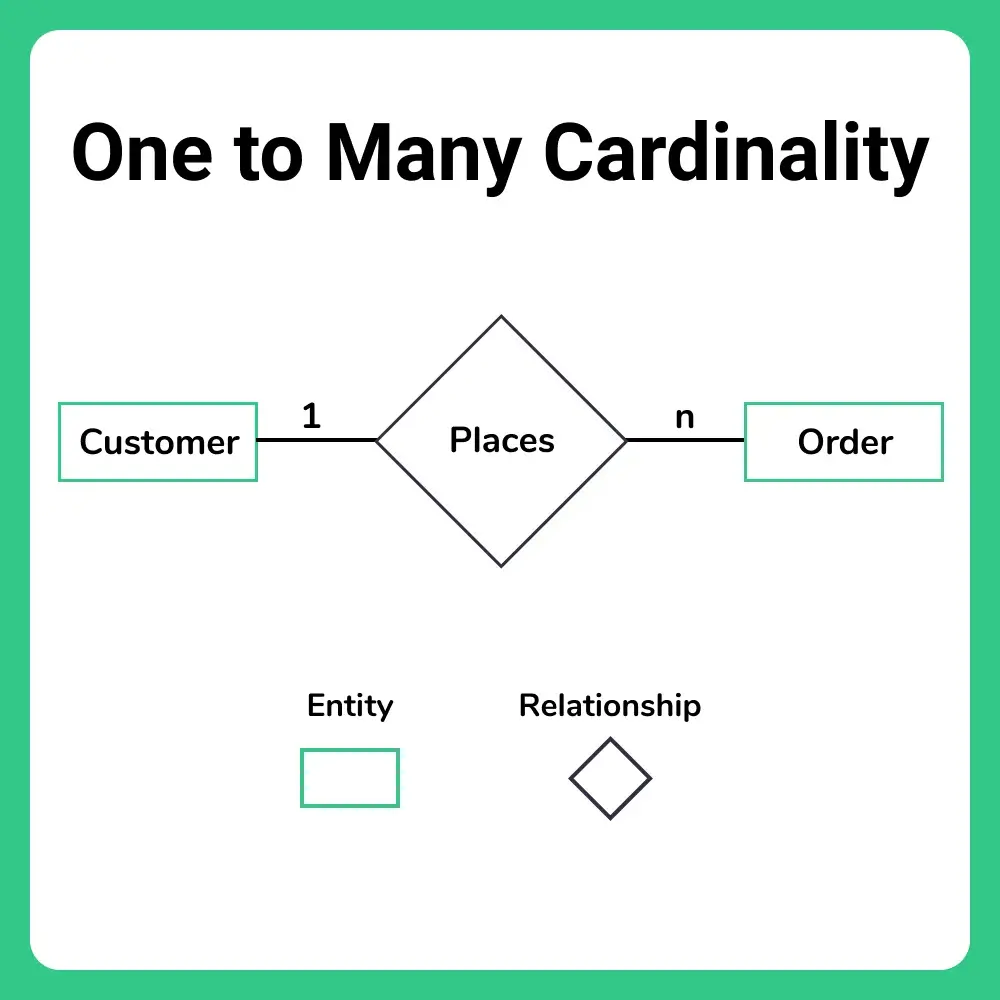0
Notifications Mark All Read
- Login
- Get Prime
Mapping Constraints in DBMS
Mapping constraints in DBMS

MAPPING CONSTRAINTS IN DBMS
Mapping constraints defines how many entities can be related to another entity to a relationship. It is very much useful for identifying relationships that are involved with more than one relationship
- Simple binary relationship with two entity sets then 4 possible mapping cardinalities to exist as follows
- One to one (1:1)
- One to many (1:M)
- Many to one (M:1)
- Many to Many (M M)
One to one cardinality
- When a single instance of an entity is associated with a single instance of another entity, then it is called as one to one cardinality
- Here each entity of the entity set participate only once in the relationship
Example for one to one cardinality
Assume that the only male can be married to only one female and one female can be married to only one male, this can be viewed as one to one cardinality

One-to-Many cardinality
- When is a single instance of an entity is associated with more than one instance of another entity then this type of relationship is called one to many relationships
- Here entities in one entity set can take participation in any number of times in relationships set and entities in another entity set can take participation only once in a relationship set
Example for one to many cardinalities
For example in the Real world, many students can study in a single college but the student cannot apply to more than one college at the same time

Many-to-one cardinality
When entities in one entity set can participate only once in a relationship set and entities in another entity can participate more than once in the relationship set, then such type of cardinality is called many-to-one
Example for many to one cardinality
- In real time a student takes only one course but a single course can be taken by any number of students. so many to one relationship is observed here
- It means that one course can be taken by any number of students but only one course can be allotted to one student

Many-to-many cardinality
- Here more than one instance of an entity is associated with more than one instance of another entity then it is called many to many relationships
- In this cardinality, entities in all entity sets can take participate any number of times in the relationship cardinality is many to many.
Example for many to many cardinality
In the Real world assume that a student can take more than one course and the single course can be taken by any number of students this relationship will be many to many relationship

Prime Course Trailer
Related Banners
Get PrepInsta Prime & get Access to all 200+ courses offered by PrepInsta in One Subscription
Get over 200+ course One Subscription
Courses like AI/ML, Cloud Computing, Ethical Hacking, C, C++, Java, Python, DSA (All Languages), Competitive Coding (All Languages), TCS, Infosys, Wipro, Amazon, DBMS, SQL and others

 0
0


Login/Signup to comment